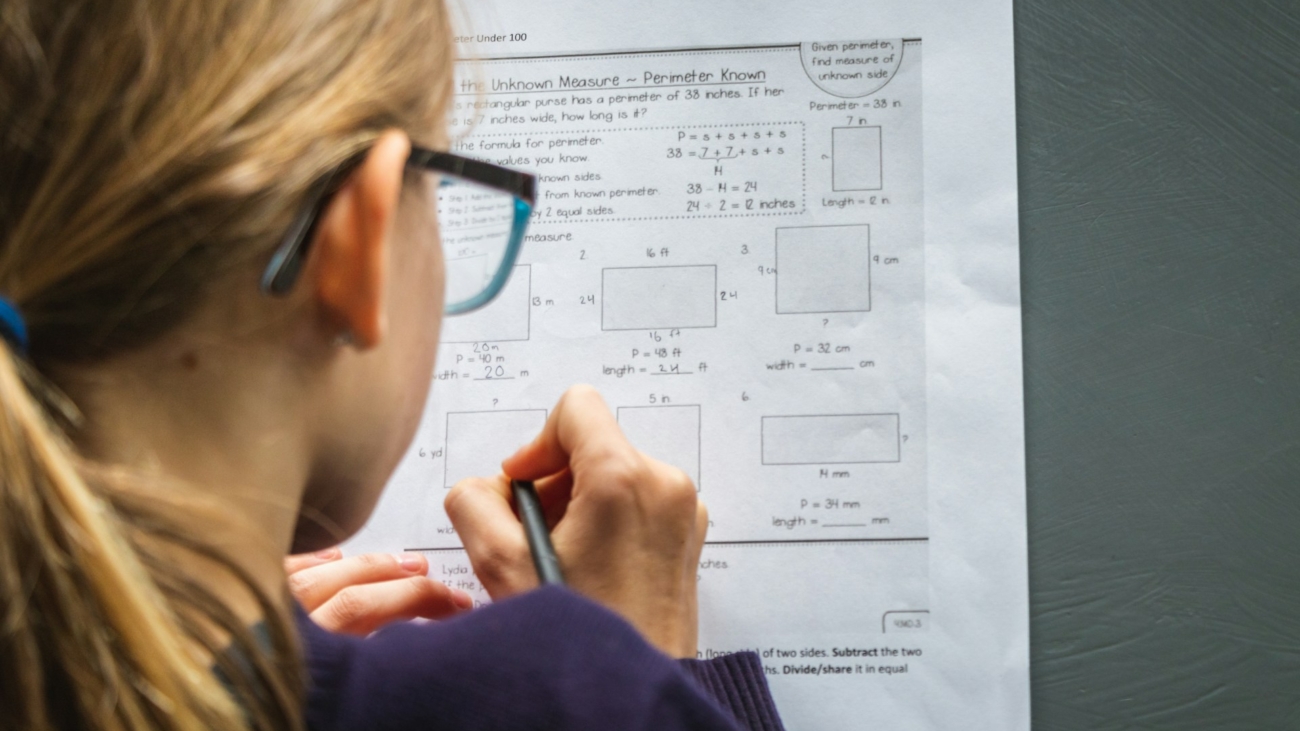As educational paradigms shift towards more interactive and student-centered learning environments, learning stations have emerged as a powerful tool for enhancing student engagement and comprehension. Learning stations, also known as learning centers, involve setting up different areas within a classroom where students can rotate through various activities or challenges related to the lecture material. This article explores the technical aspects of implementing learning stations, their benefits, and best practices for effective integration into the curriculum.
The Concept of Learning Stations
Learning stations are designated areas within a classroom where students engage in specific tasks designed to reinforce and expand their understanding of the lecture material. Each station focuses on a different aspect of the topic, allowing students to interact with the content in diverse ways. This approach encourages active learning, critical thinking, and collaboration among students.
Technical Setup of Learning Stations
- Planning and Design:
- Identify Learning Objectives: Determine the key concepts and skills that each station should address. Align these objectives with the overall goals of the lesson.
- Station Themes: Design stations around specific themes or subtopics related to the lecture material. Each station should offer a unique learning experience that complements the others.
- Station Types and Activities:
- Interactive Activities: Incorporate hands-on activities such as experiments, simulations, and manipulatives that allow students to explore concepts physically.
- Digital Tools: Use educational software, online resources, and multimedia presentations to create engaging digital learning experiences.
- Collaborative Challenges: Design group tasks and problem-solving challenges that encourage teamwork and communication.
- Reflective Exercises: Include stations with reflective exercises, such as journaling, concept mapping, or peer reviews, to promote deeper understanding and self-assessment.
- Logistics and Materials:
- Physical Layout: Arrange the classroom to facilitate easy movement between stations. Ensure each station has adequate space and resources.
- Materials and Resources: Provide all necessary materials, such as worksheets, digital devices, lab equipment, and reference materials, at each station.
- Instructions and Guidelines: Clearly display instructions and guidelines for each activity. Use visual aids, posters, or digital displays to ensure students understand the tasks.
- Rotation and Timing:
- Rotation Schedule: Establish a rotation schedule that allows students to spend adequate time at each station. Use timers or signals to manage transitions smoothly.
- Flexible Grouping: Organize students into small groups and rotate them through the stations. Group students strategically to balance skills and encourage peer learning.
Benefits of Learning Stations
- Active Engagement: Learning stations promote active engagement by involving students in hands-on, interactive tasks. This keeps students motivated and focused on the learning objectives.
- Differentiated Instruction: Learning stations cater to diverse learning styles and abilities. By offering various types of activities, educators can meet the needs of all students, providing enrichment for advanced learners and support for those who need it.
- Collaboration and Communication: Many learning station activities require teamwork and communication, helping students develop essential social and collaborative skills.
- Critical Thinking and Problem-Solving: The challenges and tasks at each station encourage students to think critically and solve problems, enhancing their analytical abilities.
- Increased Autonomy: Learning stations allow students to take charge of their learning, making choices about how to approach tasks and manage their time.
- Enhanced Retention: Engaging with content in multiple ways helps reinforce learning and improve retention. The variety of activities keeps the material fresh and interesting.
Best Practices for Implementing Learning Stations
- Clear Objectives and Expectations: Clearly define the objectives for each station and communicate expectations to students. Ensure students understand the purpose of each activity and how it relates to the overall lesson.
- Structured Yet Flexible: While it’s important to have a structured plan, be flexible and open to adjusting activities based on student needs and feedback.
- Monitor and Support: Actively monitor student progress and provide support as needed. Rotate among the stations to facilitate learning and address any challenges.
- Assessment and Feedback: Incorporate assessment methods to evaluate student performance at each station. Provide timely and constructive feedback to help students improve.
- Reflect and Adjust: After the lesson, reflect on the effectiveness of the learning stations. Gather student feedback and make adjustments for future lessons.
- Integrate Technology Thoughtfully: Use technology to enhance, not replace, hands-on learning experiences. Ensure digital activities are meaningful and aligned with learning goals.
Conclusion
Learning stations offer a dynamic and flexible approach to education that can significantly enhance student engagement and learning outcomes. By setting up different activities or challenges related to the lecture material, students can rotate and engage in various tasks that cater to their individual learning styles and needs. Implementing learning stations requires careful planning, organization, and ongoing assessment, but the benefits make it a worthwhile investment in creating an interactive and student-centered learning environment.
As education continues to evolve, the use of learning stations represents a forward-thinking strategy that prepares students for the diverse and collaborative nature of the modern world. By fostering active engagement, critical thinking, and collaboration, learning stations help create a more enriching and effective educational experience.

